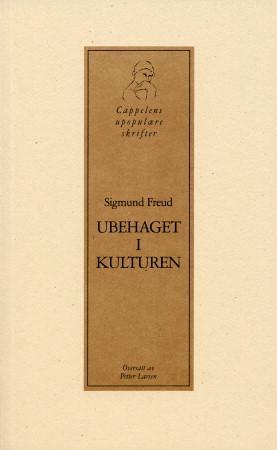
Budapest: A History of Grandeur and Catastrophe av Joe Hajdu
179,-
Budapest today is a palimpsest of its history and partially crystallized present. Its earlier history is best seen on the Castle Hill of Buda, the seat of Hungarian royal power since the beginning in the 13th Century. This peaked in the glory years of King Matthias'' reign in the second half of the 15th Century, when Buda was one of the largest and wealthiest cities of Europe. The Ottoman conquest that followed a generation later was a catastrophe whose effect would last two centuries. However when the new Castle Hill of Buda arose, it became a version of Baroque central Europe, controlled by Imperial Vienna. Pest, on the opposite banks of the Danube, is a symbol of the grandeur of the late 19th Century metropolis. Elaborate, historicist buildings and monuments first inhabited by the members of the rising bourgeoisie that had achieved prosperity in the booming Budapest around the year 1900. This era still largely defines the visual appearance of the central city. Nearly half a century








